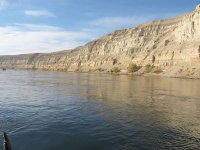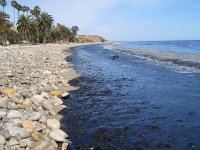2017 Accomplishments Restoring our Nation's Coasts after Industrial Pollution
January 24, 2018
In 2017, multiple agreements were reached requiring companies to restore natural resources damaged by industrial pollution:
- Minnesota. $8.2 million will be used to restore habitats on the St. Louis River.
- South Carolina. A plan was finalized for a large marsh restoration project following injuries caused by the Koppers hazardous site.
- New Jersey. A final settlement was reached for the American Cyanamid Superfund site that will improve fish passage in the Raritan River watershed.
- Puerto Rico. A settlement from the 2009 grounding of T/V Port Stewart will fund coral habitat restoration.
- Oregon. A large-scale final restoration plan for the Portland Harbor region will benefit fish and wildlife potentially injured by industrial contamination.
- Alabama. Trustees are proposing restoration in the Upper Mobile-Tensaw River Delta to compensate for hazardous substances released from the Ciba-Geigy (McIntosh Plant).
NOAA’s Damage Assessment, Remediation, and Restoration Program (DARRP) works with teams composed of state, tribal, and federal agencies, often in cooperation with industry. We also involve the public as we develop plans for restoration. To date, we have recovered $10.3 billion for restoration from those responsible for environmental harm.






